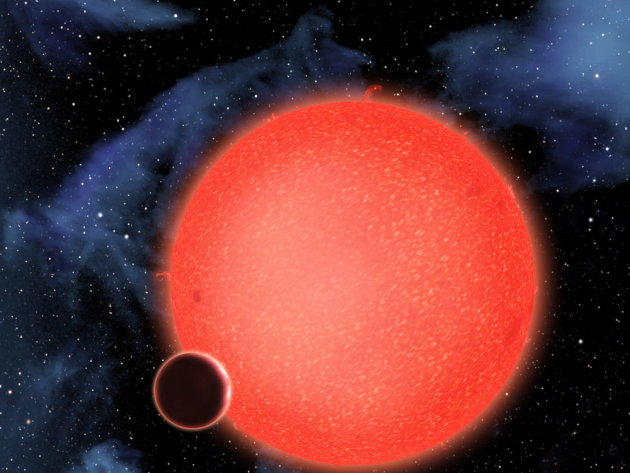Have you ever looked at the sky and curse like crazy because
a meteor passes by too fast for you to observe? Even though you might try to
capture and image or even record it, it never comes out right. Well, someone
did and he created it into an amazing video compile with shots that he took.
Photographer Randy Halverson spends more than two years into creating such an
awesome video for all to enjoy. He called it “Temporal Distortion.” It is often hard to capture an image
sometimes since the night sky is not always clear. The shots took places in
White River of central South Dakota, Arches National Park in Utah, Canyon of
the Ancients in Colorado, and Madison in Wisconsin. In it includes a tail of
meteor and northern lights that most people never even see in their entire
life, including me. Also, enjoy the time-lapse video music by composer Bear McCreary.
McCreary is known for writing soundtracks to “Battlestar Galactica” and “The
Walking Dead.”
I notice that the video might be difficult to see since the screen is so small, so here is a link where you can see with much better quality where you can actually widen the screen: http://www.youtube.com/watch?v=y1hDUIyRnl4
Now that you see the video, what do you think? Did you notice the bands of red and green light? How about the noctilucent clouds, airglow, or faint Aurora? Did you notice that the Milky Way is also in the video, along with the meteor and moon lit night time-lapse? There are some shots that look like it is shot during the daytime. Wrong. The shot is actually the moon lighting up the landscape, which is pretty awesome since we do not often see this due to living in the city. Now that I think about it, by living in the city, we are the ones that miss out the most from the night sky. Illuminating lights everywhere lights the sky so bright that it is almost impossible for us to see even the stars itself.
Now that you see the video, what do you think? Did you notice the bands of red and green light? How about the noctilucent clouds, airglow, or faint Aurora? Did you notice that the Milky Way is also in the video, along with the meteor and moon lit night time-lapse? There are some shots that look like it is shot during the daytime. Wrong. The shot is actually the moon lighting up the landscape, which is pretty awesome since we do not often see this due to living in the city. Now that I think about it, by living in the city, we are the ones that miss out the most from the night sky. Illuminating lights everywhere lights the sky so bright that it is almost impossible for us to see even the stars itself.
If you have time, go far away from the city if you can and
just lie on the grass and gaze the beauty of the night sky. You will soon see
what you are missing out. It is better if you have the opposite sex with you
where anything can happen. Under the beautiful night sky, anything can happen.
I am going to be truthful with you, that is how “I happen.” To clarify that, it
means it because of a night under the sky that I am here. Yes, it is under the
night sky that my parents snuggle and have me. J
Aside from that, enjoy the night sky. Not of what you can or
might do with your lover, but the glorious beauty of the night sky. It might be
cold, so bring a sweater. If you are interested in learning more about the
wonders of the night sky, visit this site below. It have an extended cut from
the video above and also have more pictures and explanations of the things that
take place during the night sky.







